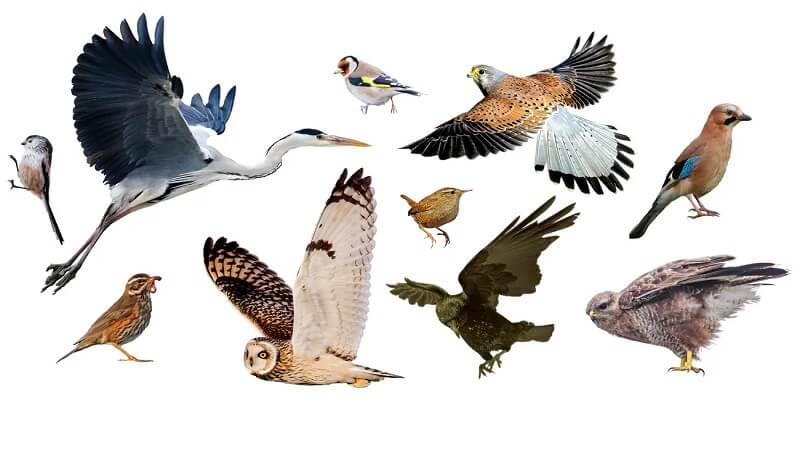
Is a Bird an Animal?
September 26, 2022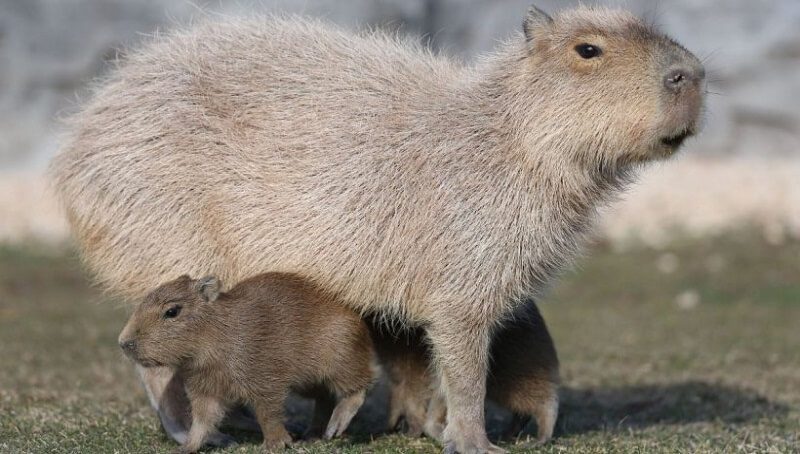
Interesting Facts About the Capybara
September 27, 2022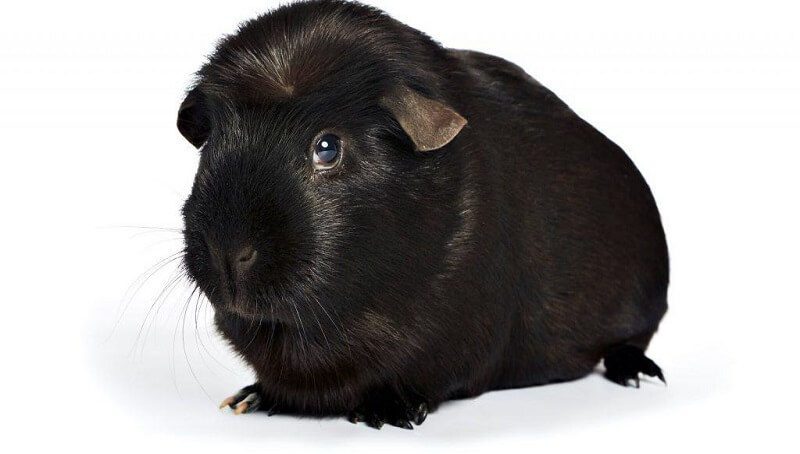
There are multiple myths and superstitions about black animals, most of which are reduced to their nefarious character. We are tempted to associate black with a negative force, which is why we reject all contact with black animals from the very beginning.
But, what few people know is that some of these animals suffer from melanism.
Melanism is an excessive black pigmentation of the hair and other regions of the body. The word “melanism” comes from a Greek word meaning “black pigment” and is the opposite of albinism.
Pseudo-melanism, also called abundism, is another variant of pigmentation, characterized by black spots or stripes, which cover a large part of an animal’s body, making it appear to be suffering from melanism. The deficiency or total absence of melanin pigment is called albinism.
What causes melanism?
To understand what causes the excess or defect of melanism, we will explain what skin pigmentation consists of.
Pigmentation means coloring, and the pigment that gives the skin its color is called melanin, which is produced by special skin cells. If these cells do not function properly due to any genetic problem or condition, there is an alteration of the color pigment that the skin receives, and therefore some disorders such as albinism or melanism are created.
You might also like my articles on
Albinism can affect animals, but also humans. This condition causes a lack of pigment in the skin and, in most cases, in the eyes and hair. Albino animals can have several problems with sun exposure and may even have a depressed immune system.
Types of melanism
It is a Greek word and means black pigments. We have already explained that animals with melanism have black fur, feathers, or scales, but what causes this condition?
- Adaptive Melanism. Melanism can be caused by an adaptation to the environment that is passed down from generation to generation. In this way, animals with melanism can camouflage and go unnoticed to hunt or not be hunted.
- The industrial mechanism. In this category are animals that have changed color forced by the industrial activities of human beings. Smoke and pollution have made animals such as butterflies and moths have to adapt to the environment by blackening themselves.
List of animals with melanism
There are many animals with melanism, although here I have compiled a list of some of the most famous.
Bluetongue Lizard
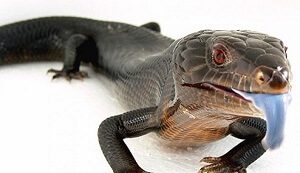
One species that benefits from a mutation that gives it a nice black color is the blue-tongue lizard from the Australasian genus Tiliqua. This animal, usually the color of the earth, uses dark skin to absorb more solar energy, without having to expose itself so much and so often to the sun.
The African autumn larvae
The African autumn worm is another animal with melanism that exists in the world. These insects are moth larvae that live in large groups.
One of the problems of communal life is that diseases and pathogens travel more easily from one individual to another. Recent studies have shown that melanism in these animals is linked to the production of an enzyme that makes them totally resistant to pathogens.
Mexican king snake.
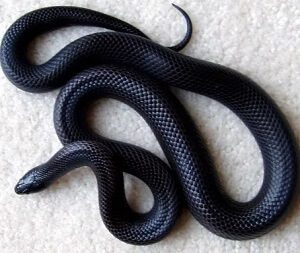
This snake is native to the American continent and lives in desert and arid places. It can reach up to 1,5 meters long.
Black guinea pig.
Guinea pigs are becoming increasingly popular to keep as pets and may also exhibit melanism, regardless of their breed.
Black wolf.
The black wolf or the melanic wolf is nothing more than a variation of the gray wolf, Canis lupus. Scientists believe that these animals obtained this color due to hybridization with domestic dog breeds, whose descendants continued to breed with wolves.
Science has also shown that black wolves have better adaptations for night hunting, appear to be more resistant to disease, and therefore reproduce more.
Black Panther.
The black panther may be one of the most popular icons among melanistic animals. In fact, this animal does not come from a single species, rather, both melanistic jaguars and leopards are commonly called black panthers when they have this mutation.
Peppered moth
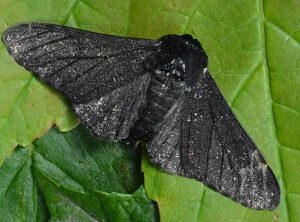
One of the most important cases of melanism in animals is that of the peppered moth, Biston betularia. These insects suffered the consequences of the industrial revolution that occurred in the last century.
Initially, the moths of this species were white with black spots, but due to environmental pollution and the darkening of the bark of the trees by the coal industry residues, the moths began to blacken.
In fact, moths did not change to survive, but those who were born black passed unnoticed on the blackened trees and survived the predators in order to reproduce. Evolution is not a conscious mechanism, as mutations are random, but may or may not benefit the carrier.
In general, melanism in reptiles has the advantage of making them able to better enjoy the sun’s rays without even having to be directly exposed to them.
There is no doubt that black animals are truly precious, and also the fact that they have an advantage as a species and as individuals. It is also surprising how many animals develop melanism as an adaptation to man-made pollution.
